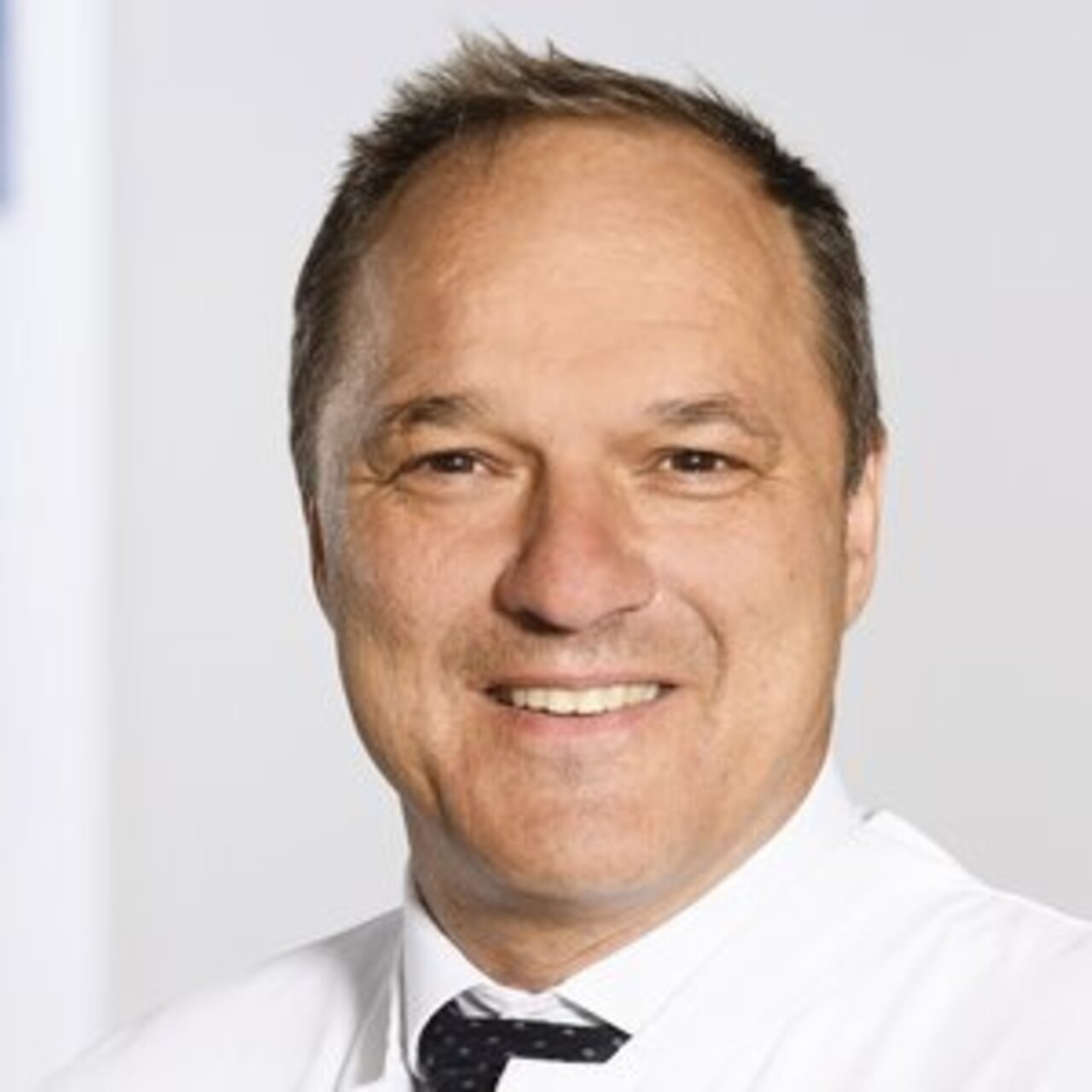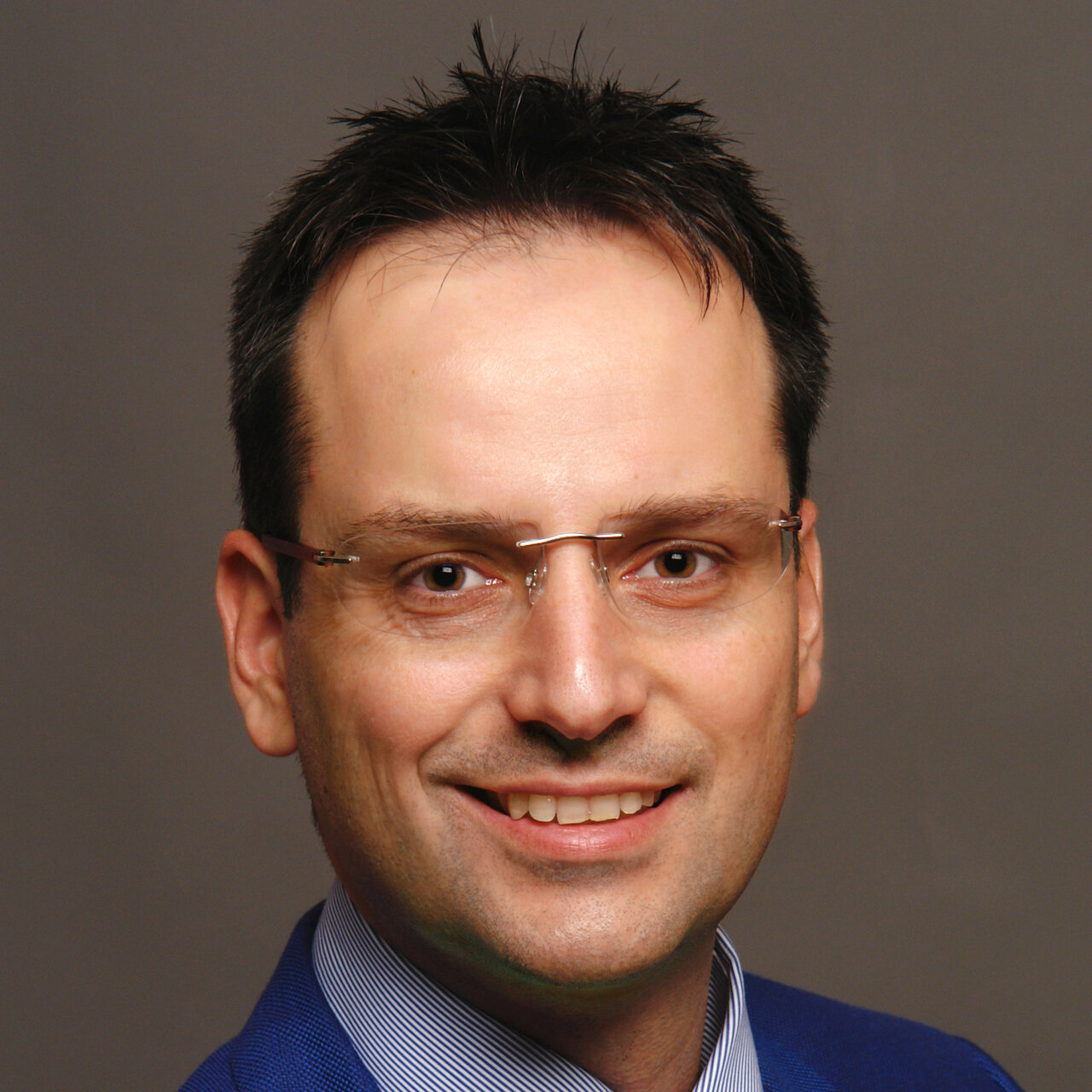Specialists in Spondylarthritis
11 Specialists found
Information About the Field of Spondylarthritis
What Is Facet Syndrome?
Facet syndrome refers to irritation of the small vertebral joints in the spine, also called facet joints. The facet joints form the connection between the vertebras and, together with the intervertebral discs, give the spine mobility and, at the same time, the stability necessary for walking upright. Irritation of the facet joints usually occurs after osteoarthritis of the affected joints, i.e., after age-related degeneration. Since many pain receptors are located in the joint capsule of these joints, irritation results in pain signals transmitted to the brain.
What Are the Symptoms of Spondylarthritis?
Spondylarthritis often manifests in the form of back pain or spread to other areas such as the buttocks. In addition to pain, tingling and paresthesia may also occur in the affected areas. Besides, spondylarthritis can limit the spine's mobility, which leads to difficulty bending and rotating the upper body.
Causes of Spondylarthritis
Spondylarthritis can have different causes. In most cases, as with many forms of osteoarthritis, it is a normal aging process of the body, so the condition does not occur until old age. In some cases, however, primary diseases can cause early osteoarthritis to develop.
If the spine is subjected to heavy loads over a long period, premature osteoarthrosis can occur. Certain sports, unhealthy postures in professions or obesity can be considered such stresses. Also, a misalignment of the spine or a herniated disc can evoke spondylarthritis.
How Is the Facet Syndrome Treated?
Degenerative diseases of the spine such as spondylarthritis are usually first treated conservatively, for example, with physiotherapy and exercise. Then, the therapy is based on the patient's level of suffering. Only when all conservative measures have been exhausted is surgery performed. Doctors use so-called scores to assess the symptoms. Various factors are taken into account in the form of points to evaluate the patient's condition based on the total score. For example, the following factors are taken into account: pain intensity, duration of pain, restriction in everyday life and at work, restriction of movement, deformity.
Conservative Treatment
In conservative treatment, possible causes of spondylarthritis are eliminated or alleviated. These mainly include overweight and unhealthy posture. Therefore, the primary goal is to reduce weight and prevent unhealthy postures from relieving the facet joints. The patient is recommended to do many exercises that are easy on the joints, including sports such as swimming or cycling, where the body is not subject to the entire body weight. Pain medication is administered according to the WHO schedule to fight the pain. Medication is prescribed as needed. Initially, physiotherapeutic measures such as massages and gymnastics are used to strengthen the back muscles. Relaxation exercises are also used to help alleviate symptoms and prevent the rapid progression of the disease.
Facet Denervation
This therapy aims to destroy the nerve that transmits pain from the facet joints. By interrupting the conduction of pain, the pain stimulus is not passed on to the brain and is no longer perceived. The cause of the disease is not treated with this therapy. Therefore, facet denervation is referred to as symptomatic therapy.
Course and Chances of Recovery from Spondylarthritis
Spondylarthritis does not necessarily lead to pain. The prognosis, as well as the course, can vary from patient to patient. The disease is not curable and can only be treated symptomatically.
In most cases, older people, in particular, suffer from the symptoms of spondylarthrosis. The nerves can be damaged by entrapment so that paralysis and sensory disturbances can occur in the later course of the disease. In addition, the movement restrictions limit patients in their professional lives or their free time and everyday life so that the psychological burden must not be forgotten.
Which Doctors and Clinics Are Specialized in Spondylarthrosis?
Spondylarthritis falls under the specialty of orthopedics. Orthopedists deal with diseases of the musculoskeletal system, i.e., muscles, bones, and joints. The orthopedist or orthopedic surgeon handle diagnosis, treatment, and follow-up of spondylarthritis. In urban hospitals, there is usually a separate department for vertebral joint arthrosis that specializes in spondylarthrosis.
We will help you find an expert for your condition. All listed doctors and clinics have been reviewed by us for their outstanding specialization in spondylarthritis and are awaiting your inquiry or treatment request.
Sources:
- Deutsche Gesellschaft für Unfallchirurgie: S1-Leitlinie Endoprothese bei Koxarthrose. Deutsche Gesellschaft für Unfallchirurgie (DGU). Stand Mai 2008. Abgerufen am 02.11.2017.
- Katzer, Löhr: Frühlockerung von Hüftgelenkendoprothesen. In: Deutsches Ärzteblatt. Band 100, Nummer 12, 2003.
- Imhoff et al.: Checkliste Orthopädie. 3.. Auflage. Thieme 2014, ISBN 978-3-131-42283-5.
- Niethard et al.: Duale Reihe Orthopädie und Unfallchirurgie. 7. Auflage. Thieme 2014, ISBN 978-3-131-30817-7.
- Aschenbrenner: Patienteninformation Bandscheibenprolaps . Deutsche Gesellschaft für Unfallchirurgie (DGU). Stand August 2012. Abgerufen am 24.01.2018
- Awad, Moskovich: Lumbar Disc Herniations. In: Clinical Orthopaedics and Related Research. Band 443, 2006, doi: 10.1097/01.blo.0000198724.54891.3a, S. 183–197.
- Glocker et al.: S2k-Leitlinie Lumbale Radikulopathie . Deutsche Gesellschaft für Neurologie (DGN). Stand Januar 2018. Abgerufen am 13.04.2018.
- NVL-Programm von BÄK, KBV, AWMF: S3-Leitlinie Kreuzschmerz (Nationale Versorgungsleitlinie) . NVL-Programm von BÄK, KBV, AWMF. Stand Dezember 2016. Abgerufen am 14.14.2018.










